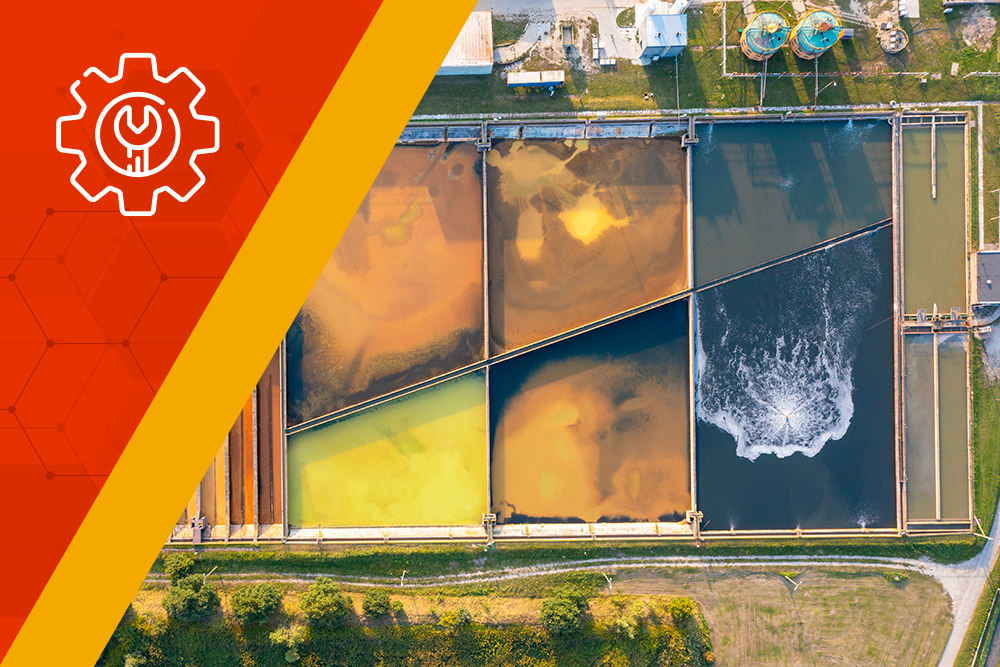Oil Sludge Treatment
Overview
Oil sludge is a mixture of oil, water, and solid materials that is generated during various industrial processes, such as petroleum refining, power generation, and manufacturing. This oily waste can be hazardous to the environment if not treated properly, as it can contaminate soil and water sources.
Treatment Methods for Oil Sludge
Several methods can be used to treat oil sludge and reduce its environmental impact. The most appropriate treatment method will depend on the type of sludge, its concentration, and the desired end product.
- Gravity Separation: This method relies on the difference in density between oil and water to separate the two substances. Sludge is placed in a tank, and the lighter oil floats to the top, while the heavier water sinks to the bottom. The oil can then be skimmed off the surface, and the water can be treated separately.
- Filtration: This method uses a filter to remove solid particles from the sludge. The sludge is passed through a filter bed, which traps the solids, and the filtered water is discharged. This method is effective for removing both oil and water from sludge.
- Centrifugation: This method uses centrifugal force to separate solids from liquid. Sludge is placed in a centrifuge, and the centrifugal force causes the solids to settle to the bottom, while the liquid is forced to the top. The solids can then be removed from the centrifuge, and the liquid can be treated further.
- Solidification/Stabilization: This method involves mixing the sludge with additives to form a solid mass that is less likely to leak pollutants into the environment. The additives can include cement, lime, or other materials. The solidified sludge can then be landfilled or incinerated.
- Bioremediation: This method uses microorganisms to break down organic matter in the sludge. Bioremediation can be an effective method for treating sludge with a high concentration of organic matter.
Disposal of Treated Oil Sludge
Once sludge has been treated, it can be disposed of in a number of ways, including:
- Landfilling: This is the most common method of disposing of treated oil sludge. Landfills must be designed to prevent the release of pollutants into the environment.
- Incineration: This method burns the sludge to reduce its volume and mass. The resulting ash can then be landfilled or recycled.
- Recycling: Some types of oil sludge can be recycled into products such as asphalt, road base, and fuel.
Our Experience
In our range of environmental services, oil sludge treatment is a key area of focus and growth. Given its significant environmental implications, oil sludge treatment stands out as a vital service for oil companies and regulatory bodies alike. Adhering to responsible environmental practices in oilfields necessitates the prompt and effective treatment of oil sludge, an area in which PA excels with its expertise and advanced equipment.
Our Services
- Analysis
- Treatment
- Disposal



